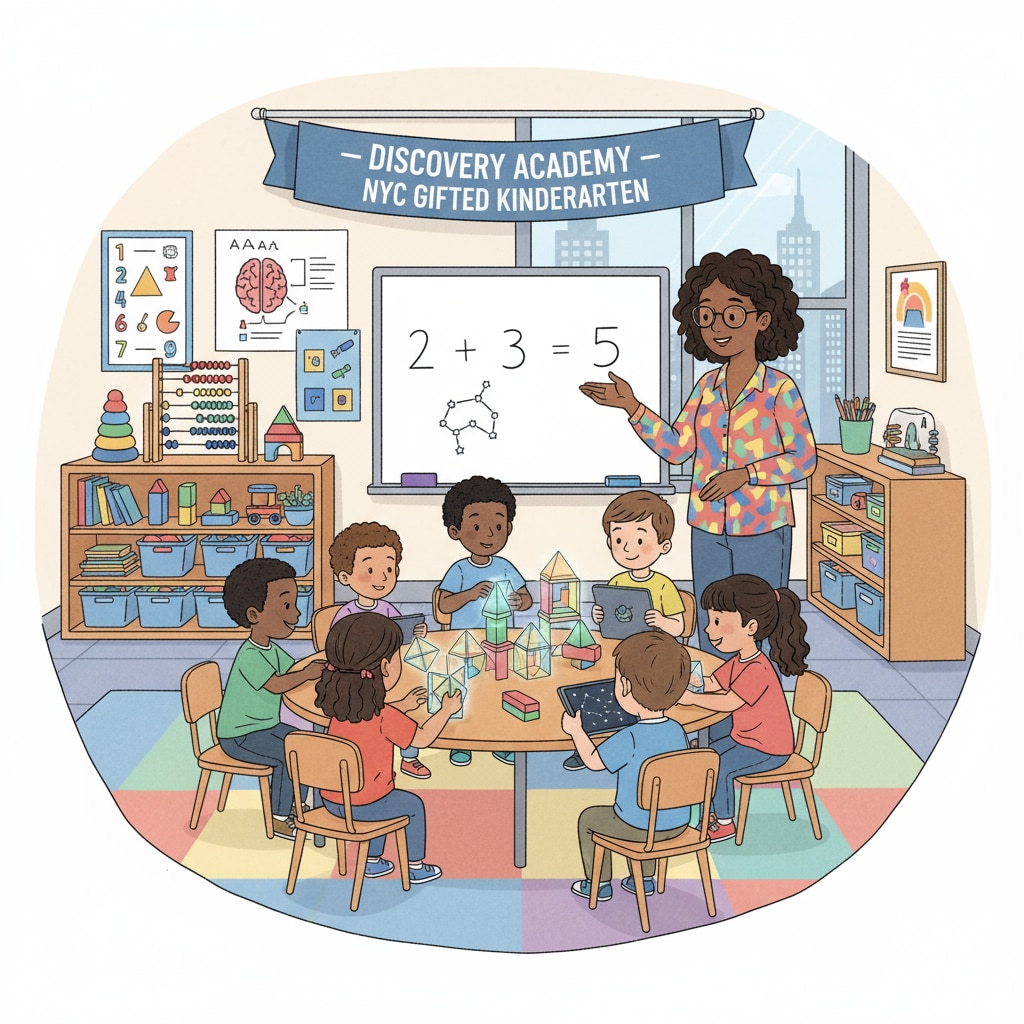The debate over gifted kindergarten programs in New York City has become a hot topic in the mayoral election, shining a light on the complex interplay between educational equality and elite cultivation in the American education landscape. This issue not only reflects the different educational philosophies but also has far-reaching implications for the future of young learners.

The Origins of Gifted Kindergarten Programs
The concept of gifted kindergarten programs in New York City has its roots in the desire to identify and nurture students with exceptional abilities at an early age. These programs were initially designed to provide a more challenging and stimulating educational environment for children who showed signs of advanced cognitive development. By offering specialized curriculum and teaching methods, the aim was to help these young minds reach their full potential. According to Gifted education in the United States on Wikipedia, early identification and intervention were seen as crucial for gifted students’ academic success.

The Equity Concerns
However, in recent years, there has been growing concern about the equity of these gifted kindergarten programs. Critics argue that the current selection process may be biased, often favoring children from more privileged backgrounds. The reliance on standardized tests and other assessment methods can disadvantage students who may not have had access to the same educational resources or opportunities. This has led to a situation where the gifted programs may not be truly representative of the diverse student population in New York City. As Education on Britannica points out, ensuring equal access to quality education is a fundamental principle.
The question then arises: how can we ensure that gifted programs are both inclusive and able to identify and support students with genuine exceptional abilities? This requires a reevaluation of the selection criteria and a more comprehensive approach to assessing a child’s potential.
Readability guidance: In this section, we’ve used short paragraphs to clearly present the different aspects of the issue. The use of external links provides reliable sources of information. The images help to visually illustrate the concepts discussed, making it easier for readers to understand. Transition words like ‘however’ are used to smoothly move from one idea to another.


